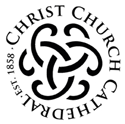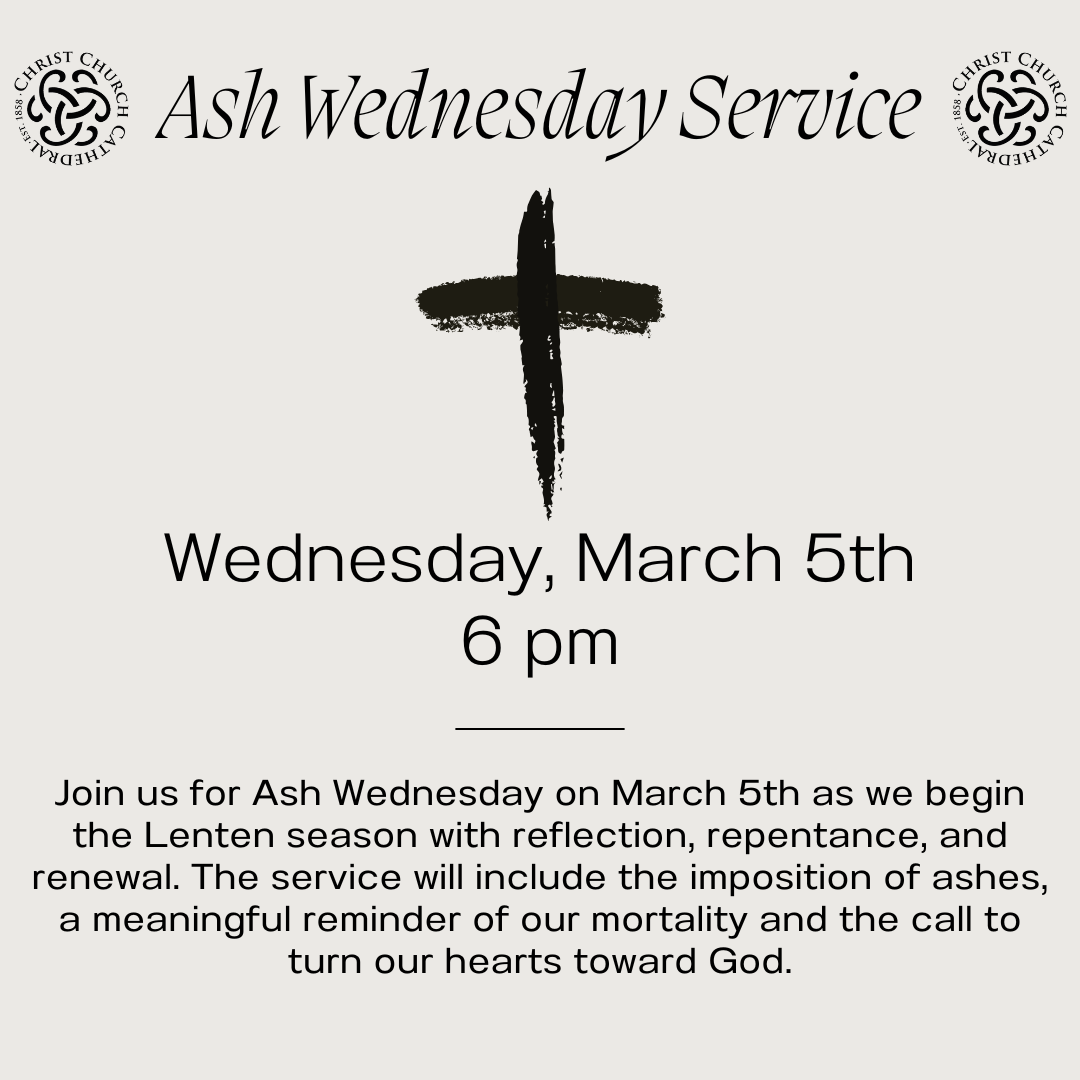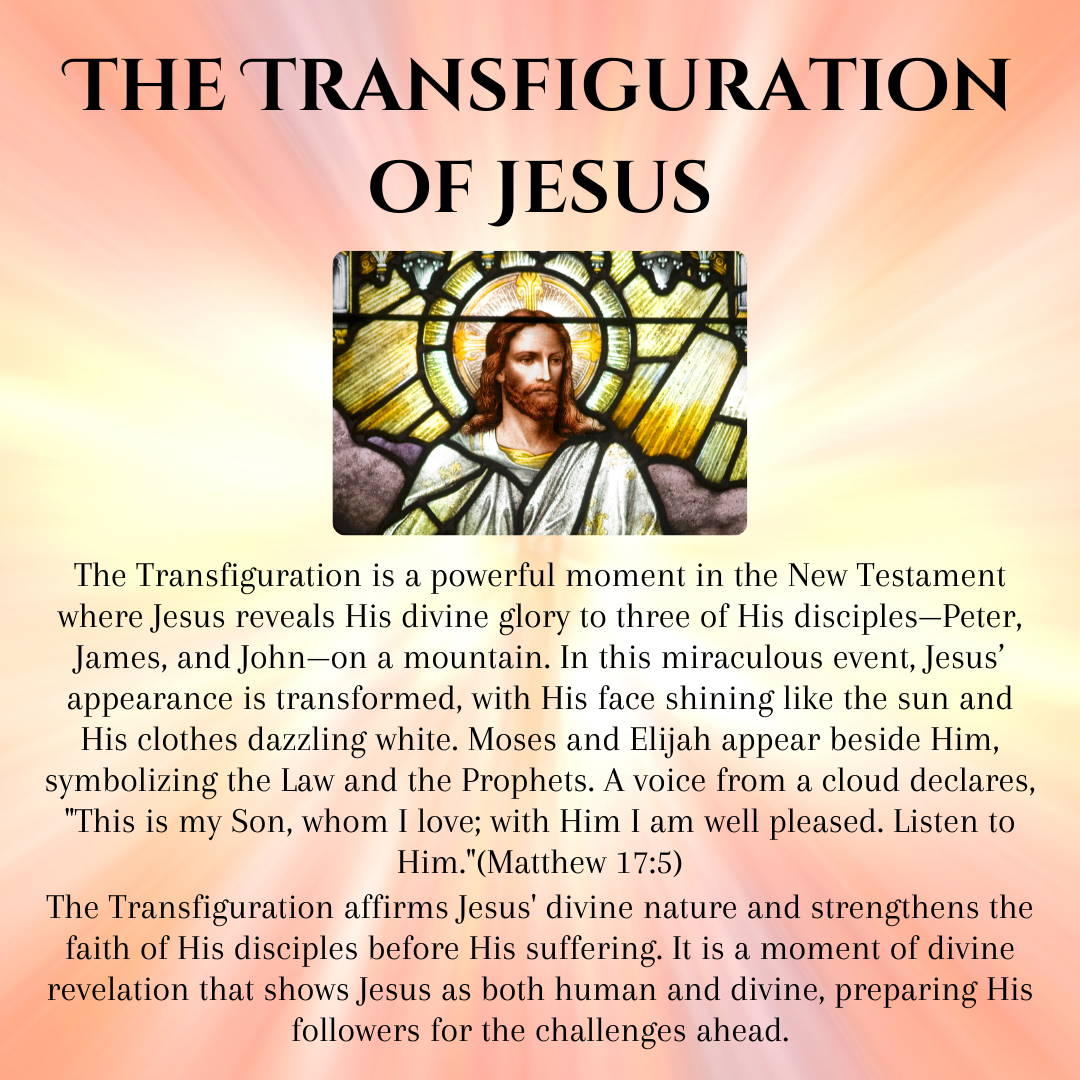News
Dear People of God:
The first Christians observed with great devotion the days of our Lord's passion and resurrection, and it became the custom of the Church to prepare for them by a season of penitence and fasting... I invite you, therefore, in the name of the Church, to the observance of a holy Lent, by self-examination and repentance; by prayer, fasting, and self-denial; and by reading and meditating on God's holy Word.
(Book of Common Prayer, p. 264-265)

Lent begins with Ash Wednesday next week. We will hear again the above invitation to the observance of a holy Lent. One way to think about Lent is Spring Training for followers of Jesus. It is a more intense time of discipline and training in basic Christian practices of “self-examination and repentance; prayer, fasting, and self-denial; and by reading and meditating on God's holy Word.” Traditionally, Lent is a season when we deliberately increase our giving to those in need. Like Spring Training, Lent helps us refocus and get back in shape.
Most baseball players do not show up to Spring Training totally out of shape. They exercise and work on their game throughout the year. Similarly, it is good not to think of Lenten discipline as something we only tend to for a season. We do well to practice year-round the disciplines of prayer, generosity toward the poor, self-denial, etc.
Unlike Spring Training, the observance of a holy Lent has nothing to do with “making the roster.” Jesus has secured our place on the roster, and the quality of our Lenten observance will not change that one way or another. But it might open us to a fuller experience of God’s grace and orient us to more fully living in light of it.
Here are a few more thoughts on the particular discipline of fasting. I believe fasting is good and beneficial. And not just in Lent. But especially in Lent as we prepare for Holy Week and Easter. It does not necessarily mean going altogether without food, but eating less and abstaining from some food and drink that you might otherwise enjoy. And it need not be only food. One can fast from music or other entertainment or other things.
Do not fast:
-
To prove something to God (whose love is enduring regardless)
-
To prove something to yourself
-
To prove something to others
If it will cause you to compare your strictness to the relative laxity of others
-
If doing without whatever you are doing without will be detrimental to your physical or mental health
-
To lose weight or achieve some other ‘earthly’ goal
Do fast:
-
To discipline your appetites and orient them toward God
-
To reduce distractions so you can attend more fully to God and others
-
To make space in your heart and life for God and others
-
As penance for sin that is weighing on your heart and preventing you from experiencing God’s mercy and delight
-
Because it is the wisdom of the Church that it is good for your soul whether you understand it or not
-
As a reminder that you do not live by bread alone and that Jesus is your only true satisfaction and nourishment
-
To prepare for baptism or in solidarity with those who are
Whatever disciplines you take over the next several weeks, fasting or otherwise, I pray you have a good and holy Lent.

The Right Reverend Matthew Gunter
Bishop of Wisconsin
Service Schedule
Sunday
Rite II with Eucharist service – 9:00 AM;
In person, Zoom and Facebook live.
Click here to join Sunday morning Zoom service
Holy Days – Eucharist as announced in the Weekly Update





